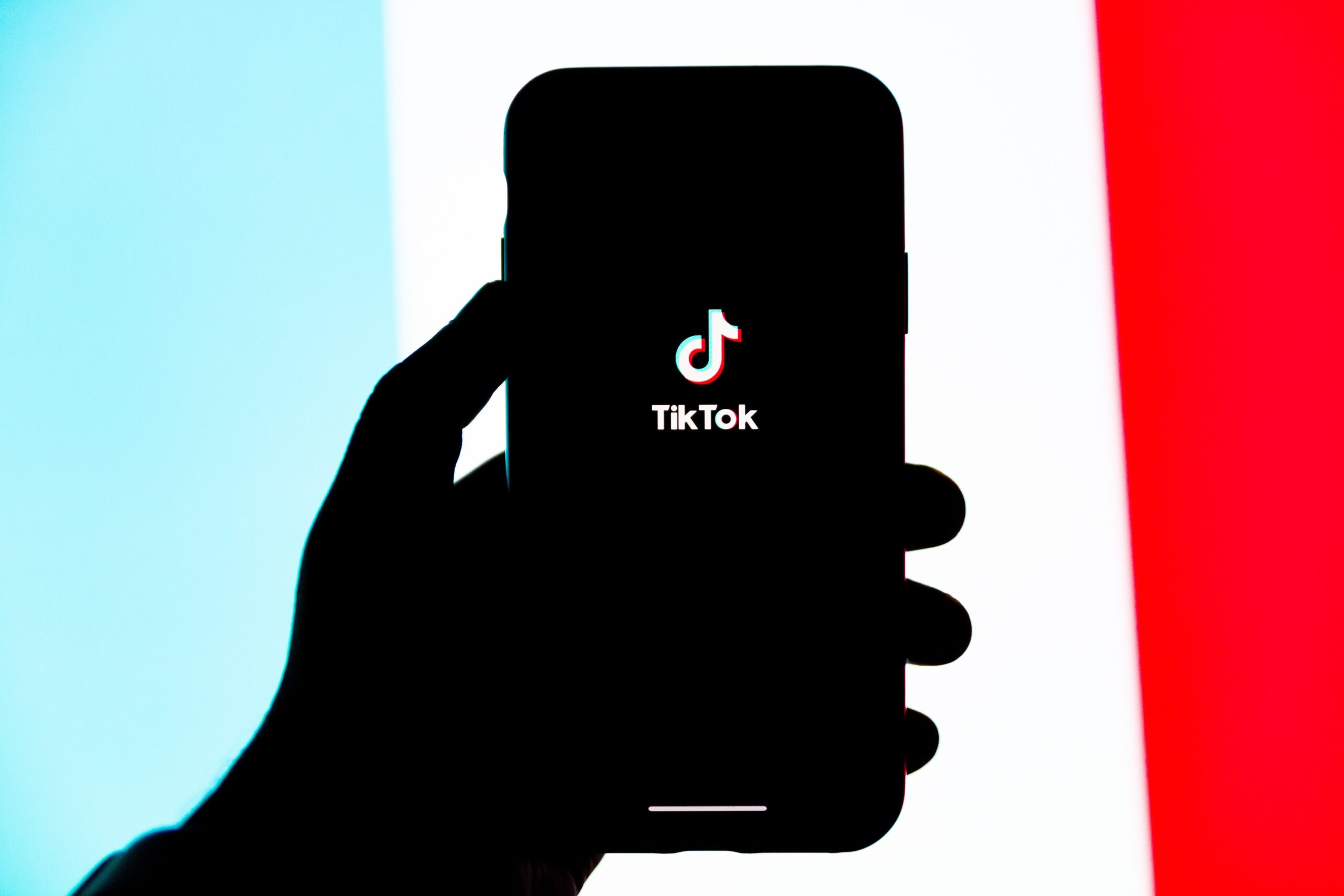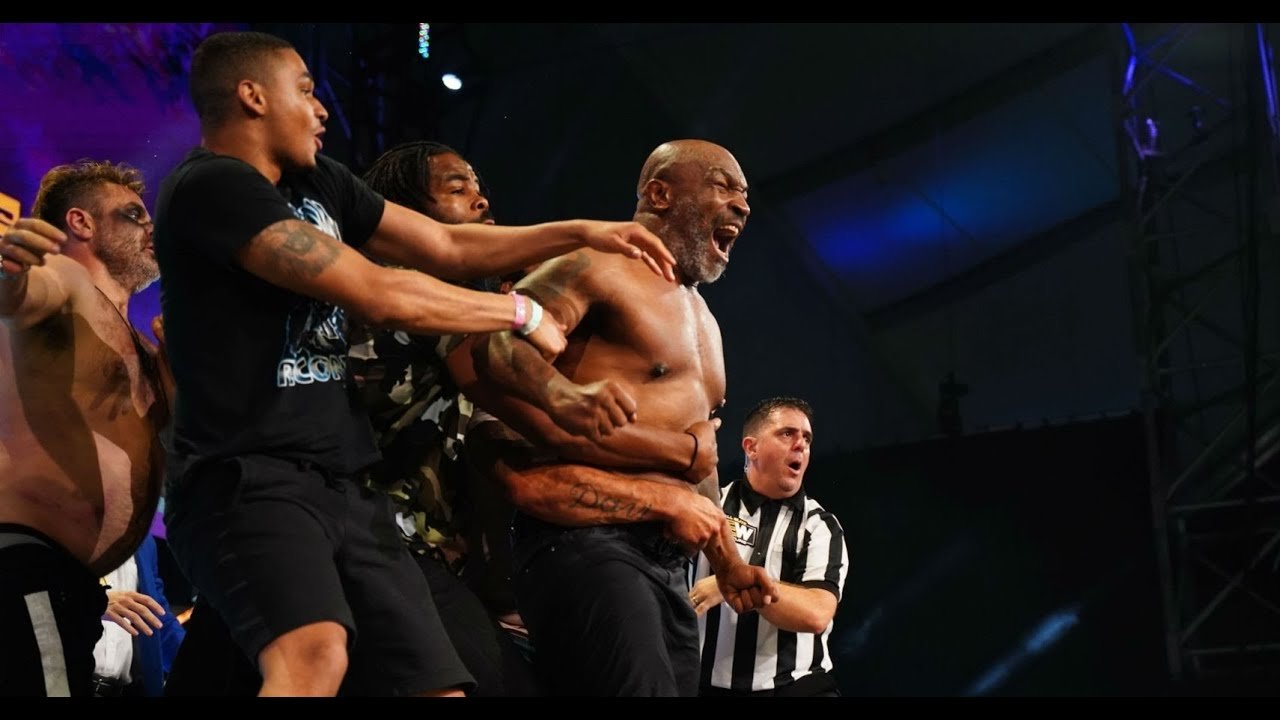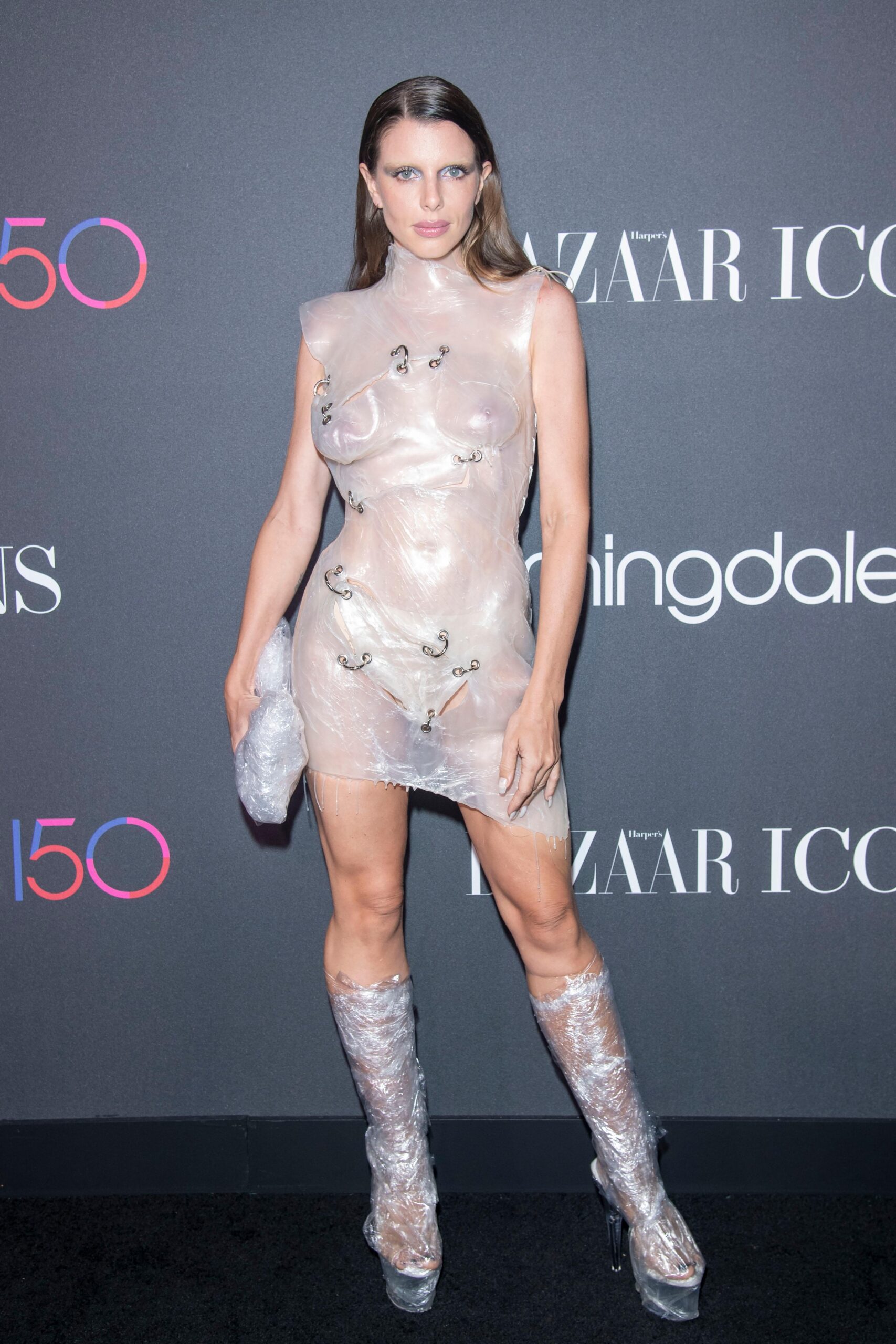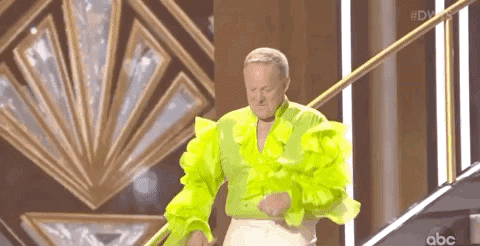CULTURE
Lisa Li, Caroline Calloway, and the Repulsive Lives of Your Favorite Influencers
27 Sep, 19

We all know, somewhere in our minds, that the images social media influencers present to us have very little to do with their actual lives.
That’s the nature of social media in the era of photo editing and paid partnerships. Still, it’s shocking to actually be confronted with this truth, to see the dark realities and monetary incentives hidden behind our favorite content.
This disparity was brought into garish relief this week when Lisa Li’s landlord posted a video of her real apartment online. Li, who lives in Xi’an, China, is an online celebrity on the Sina Weibo microblog. Her profile is full of images that suggest a glamorous lifestyle, the kind corresponding to a pristine flat full of succulents and copper dishes.
In actuality, Li seems to have been living in squalor. The camera pans to reveal floors covered in dog sh*t, mold, overturned furniture, and general disarray. According to the landlord, Li owed over 3,000 yuan in unpaid utility bills, and even professional cleaners had refused to tackle the apartment.
After the video went public, Li apologized, took responsibility for the mess, and began posting videos of herself cleaning the apartment. As of now, more than 60,000 people have commented on her Weibo page, many enraged at her “fakeness” and the illusory life she created.
This experience must have been traumatic for Li, who probably did not deserve this kind of negative press. Having dedicated much of her life to curating a perfect image, the public exposure of her destitute living conditions would have majorly disrupted her life (albeit, perhaps for her own good).
Glitches in the Simulation: Should We Blame Influencers for Faking It?
While Li’s scenario is unusually extreme, she’s certainly not the first social media influencer whose real life has shattered a carefully crafted illusion. In July, a Chinese vlogger was exposed as a middle-aged woman who used face-editing filters to present herself as a young girl. Fans discovered that she had been lying because of a glitch during a broadcast that momentarily removed her filter, giving a whole new meaning to the phrase “glitch in the simulation.”
When the levee breaks, and we see that our favorite influencer is nothing more than a sham hiding a broken life behind a smiling mask, our first impulse is typically to brand these people as corrupt liars worthy of ridicule. But can we really blame someone for broadcasting a fake life if they’re unhappy with their real one?
The Influencer Economy: When Profit Becomes A Personality
In a world where social media is some people’s sole source of income, one’s online existence can become just as real as one’s physical reality. If people who could never garner invites to exclusive parties or make important connections by other means have the chance to do so via a free social networking platform, is that really such a problem? How real do we need our favorite social media maestros to actually be? How to separate from profit? Should we, instead of demonizing the con artists, consider criticizing people who sell dangerous diet ads and actually live the exorbitant lifestyles they broadcast to profit off others’ envy?
Not all of our admiration for influencers is due to envy, of course. The wealthy have always paraded around their assets; social media is just an extension of this tradition, integral to the existence of capitalism. But never before have people been able to create the illusion of a double life so successfully—and never with so much of a profit incentive to do so.
Much has been written about the thriving influencer economy in China, which is both competitive and curtailed by strict rules about what people can and cannot post online. It’s also incredibly lucrative. One of China’s leading influencers, Dayi Zhang, sold more than a billion yuan (or $145 million) through her online store, and the nation’s social media business model is perhaps the most efficient in the world, generating over 37.4 billion yuan last year in total.
China’s media is restricted by censorship laws, and for the most part, Chinese influencers are advised to be “positive role models” online. Their influencer model has been so successful that it will probably continue to grow more stark, intelligent, and pervasive all over the world. Like the best advertisements, it will mutate to adjust to its audience’s desires as well as national regulations.
In a world where clicks translate to cash, it’s important to remember that almost every post you see is shaped to sell you something—an image, an opinion, or a concealer. It feels safe to say that most of what you see online is made to grab your attention and hopefully persuade you to share whatever product or story (and attached advertisements) are being sold.
But most of us don’t want to know that. We want to believe in artistic integrity and genuine human connection, both of which can exist on the Internet. The problem is that influencers and marketers understand this, and the lines between genuine emotional honesty and the marketing potential of chic social justice awareness fads frequently get tangled.
Lucrative Honesty: The Artifice of Online Confessionals
Here in America, mental health confessions are en vogue. Every week, another social media star or celebrity seems to confess just how depressed they’ve been. “I’ve really been struggling,” they write, via screenshot of an iPhone note. These posts are rarely accompanied by the messy details that usually accompany real mental health issues, and the conclusion is almost always, “I’m better now.” Usually, these stars return to their regularly scheduled programming soon after, having confidently bridged the gap between their opaque, robotic personas and their depressed fanbases. This model works for real robots, too. Just check out Lil Miquela, the literal robot who’s built an Instagram following off candid, stream-of-consciousness confessions as well as ads for Prada.
All this calls to mind another riches-to-rags influencer narrative: That of Caroline Calloway, the Instascammer who hosted a series of expensive “creativity workshops” last year that were widely criticized as scams. More recently, Calloway was the subject of an essay by her ex-best friend, which paints her as an emotionally abusive Adderall addict who bought her way to social media fame. According to the essay, while Calloway was crafting an image of herself as an American girl having glamorous trysts in England, she was living in squalor in her dorm room—much like Li had been letting her apartment rot while projecting images of a blemishless life.
In a new Buzzfeed profile, Calloway addressed the amount of hate she’s gotten this year, proposing that the source of this hatred is “the feeling you get when you scroll through your feed.” While a lot of what Calloway writes and says is manufactured to play with readers’ emotions, that statement contains a coal of objective truth. What we forget, too often, is that behind the glamour shots, glittery Weibo feeds, and effortless Tik Tok lip syncs, the poster could be lying in bed with a bunch of cockroaches. We forget that as we stare into the voids of our cellphones, the glossy, pouty-lipped stars we idolize may very well be staring right back.
- LISTEN | Finn Matthews pulls back with “Wouldn’t It Be Nice” – Popdust ›
- Kendall Jenner’s Glitch and the Exhausting Infinity of Influencer Fakery – Popdust ›
- Dr. Lisa D Li DO Reviews | Succasunna, NJ | Vitals.com ›
- lisa li-lund (@lisalilund) | Twitter ›
- Lisa Li Moye, Real Estate Agent in New York City – Compass ›
- Lisa Li: Angry landlord exposes online star’s ‘double life’ – BBC News ›
- Lisa Li | Liverpool John Moores University ›
- Lisa Li: Angry Landlord Slams Blogger For “Disgusting” Apartment … ›
- Lisa Li Profiles | Facebook ›
- Video: Angry landlady exposes the reality of Lisa Li’s living … ›
- Lisa Li | Professionals | Greenberg Traurig LLP ›
- Lisa Li: Influencer who flaunted lavish lifestyle has squalid living … ›










